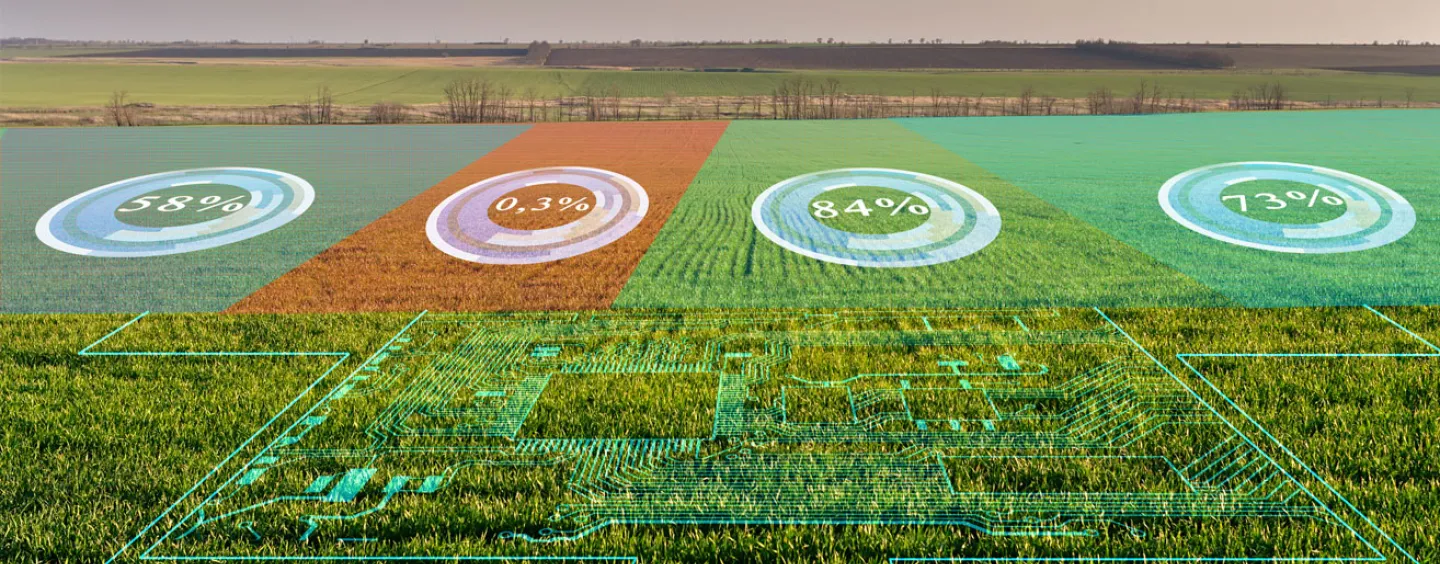The Sensors Technologies Program integrates with most other programs in NIFA. Nearly all aspects of production, processing, and management in agricultural and food systems (including forestry and natural resources) involve measurement of product/resource attributes (such as quantity, quality, size, condition) or their environment (such as food impurities, or agricultural/forest air, water, and soils).
Rural economies and their infrastructures are also affected. Their biometric activities include inspection, monitoring, tracking, inventory, and valuation. The number of measurement variables—and their measurement frequency and level of detail—demands automated, high-resolution, and rapid technologies. In the interests of efficiency and wise stewardship, increasingly voluminous data are collected that must be further analyzed, interpreted, and applied to support intelligent decision making. Advances in biometrology and information technologies are required to address our need for timely and reliable information that has temporal and spatial relevance.
Food safety and quality represent one of the greatest public issues/concerns nationwide. Safety and quality depend on inspection and monitoring methods that can detect contaminants and discriminate defective (or poor quality) products. Whereas manual, microscopic, or bio-assay inspections cannot be performed quickly and accurately on 100 percent of any food product, sensor and instrumentation technologies currently under development and testing promise to offer inspection capabilities that are accurate, fast (in real time), and consistent. These technologies can range from detecting: internal bruising of apples to 10 cells of Listeria (a particularly virulent food pathogen) to insect infestations in a ship's cargo of grain.
Environmental quality is another area where sensor-based monitoring can be helpful. For example, animal feeding operators can use air quality monitoring around confined animals to keep ammonia or odor emission within acceptable limits. Water monitoring for nitrogen and phosphorus runoff from agricultural lands can help regulate freshwater algae blooms and costal-zone hypoxia. An ability to quickly and accurately measure carbon sequestration in soils can facilitate more widespread application of a carbon-credit and trading marketplace.
These types of measurement activities create special problems, however, because the elements being measured are molecular and they need to be quantified over large land areas. Nevertheless, these applications are scientifically possible; it remains to develop the engineering and technology capability to make them economical and practical.

